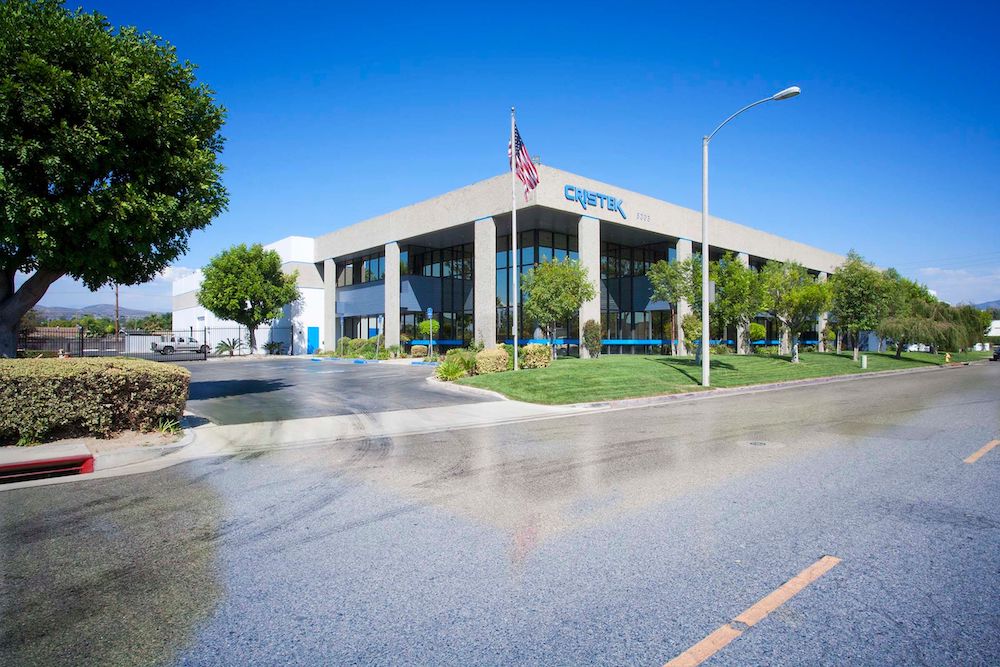In our last post we re-introduced our series on the 3 Phases of the Wealth Cycle, beginning with wealth creation. This is the time in our investing lives that we work hard to generate investment capital and tend to take bigger risks to create the critical mass of capital required to make big gains.
We are usually younger at this stage, as that fact gives us more time to recover from investments that go wrong, produce lower than expected yields or take longer than we thought to mature. Our appetite for borrowing is also bigger during this phase because we see the use of leverage as a way controlling more and larger assets. The broader our base, the faster our wealth grows, as long as markets cooperate and the cost of borrowing is less than the yield on our investments.

By way of example, we recall a consulting assignment we took on a couple of years ago for a good friend of ours who was clearly in the wealth creation mentality. Rob owned two industrial buildings in Orange with an aggregate value of nearly $12 million at the time (early 2022). The properties were owned free and clear by that time after a loan to purchase the properties back in 1988 was paid off. Both properties were fully leased in mid-2021 to the same tenant at full market value. Rightfully so, Rob saw the opportunity to refinance the properties to free up cash for the purchase of additional industrial real estate in another state where yields were running as high as 7%, as compared to the 5% cap rates in Orange County.
Given his relatively young age and the then low interest rates at the time (roughly 3.5%) for long term real estate loans, the “refinance and buy more” strategy made good sense to him. If he were to execute this strategy, he could potentially control as much as $24 million in assets by leveraging his existing buildings and a new property using a relatively modest 50% leverage ratio across the portfolio, all of it producing monthly cash flow and subject to further price appreciation over time. Clearly, his net worth would rise much faster as long as the markets the properties are in keep moving higher. He would also be in good position to weather a correction if one occurred, and he was still young enough to patiently wait out a complete real estate cycle to optimize his proceeds when he sold out.

However, there was a catch. Rob owns the property with his father and the title is vested in a family trust with Rob as the ultimate beneficiary. Dad, who controls the actions of the trust, was approaching 80 and he had a different plan, one that reflects the different place he was in life. Given the fact that the buildings were recently leased to a strong credit tenant, he wanted to stick with the current assets, which he believed would produce consistent cash flow for the remainder of his life. Increasing net worth was no longer a priority for him. He had enough to live his lifestyle of choice and liked the safety of owning quality assets without debt to insulate him from leasing risk if the economy soured. The worst-case scenario for him would be to lose the tenant and have to spend the money to find a new one. Without debt, he needn’t worry about negative cash flow.
Both had valid investment strategies that reflected their respective positions in life. Rob was still interested in creating wealth while his dad was more focused on preserving wealth, which is Phase 2 of the Wealth Cycle. More on that in next week’s post.


Leave a Reply
You must be logged in to post a comment.